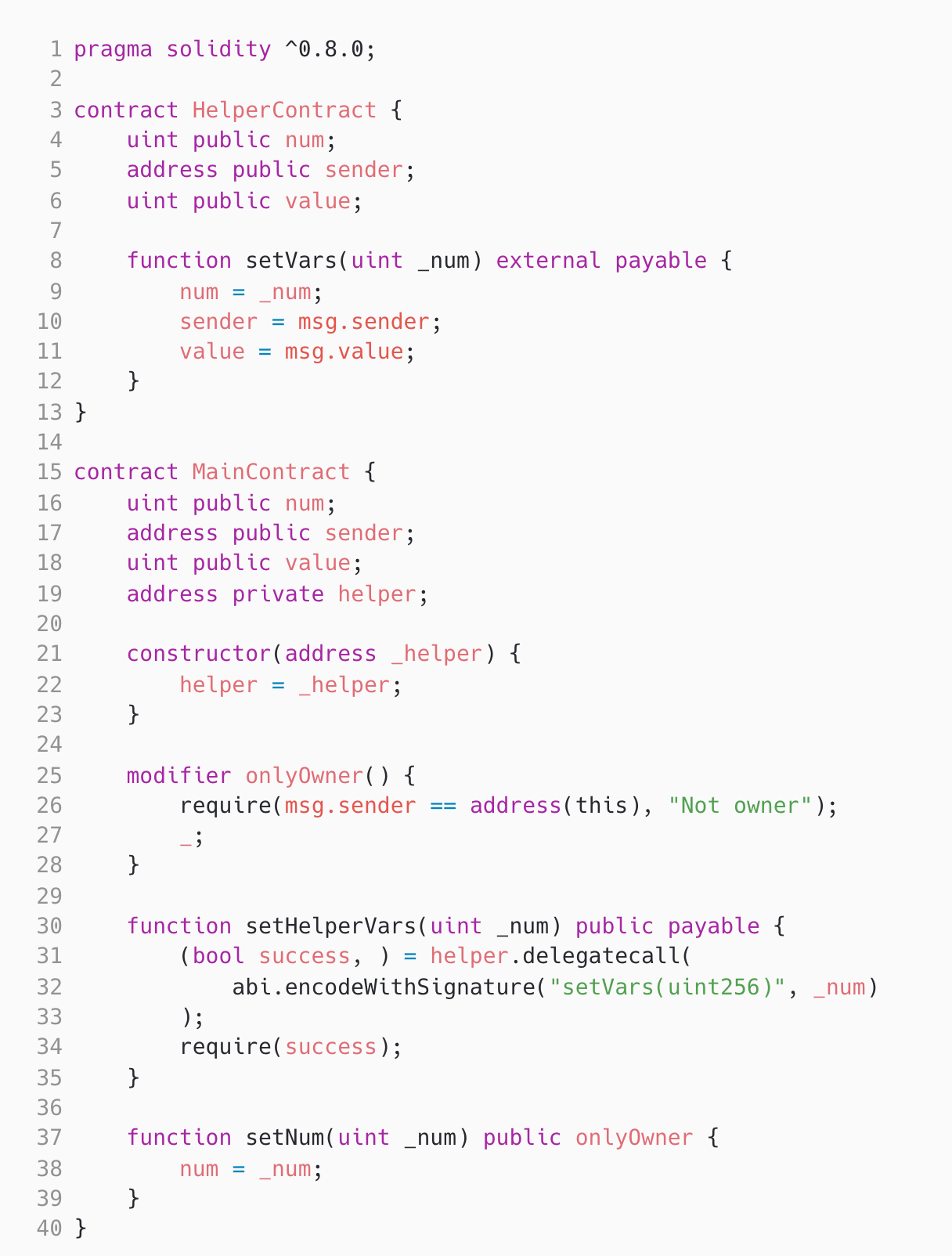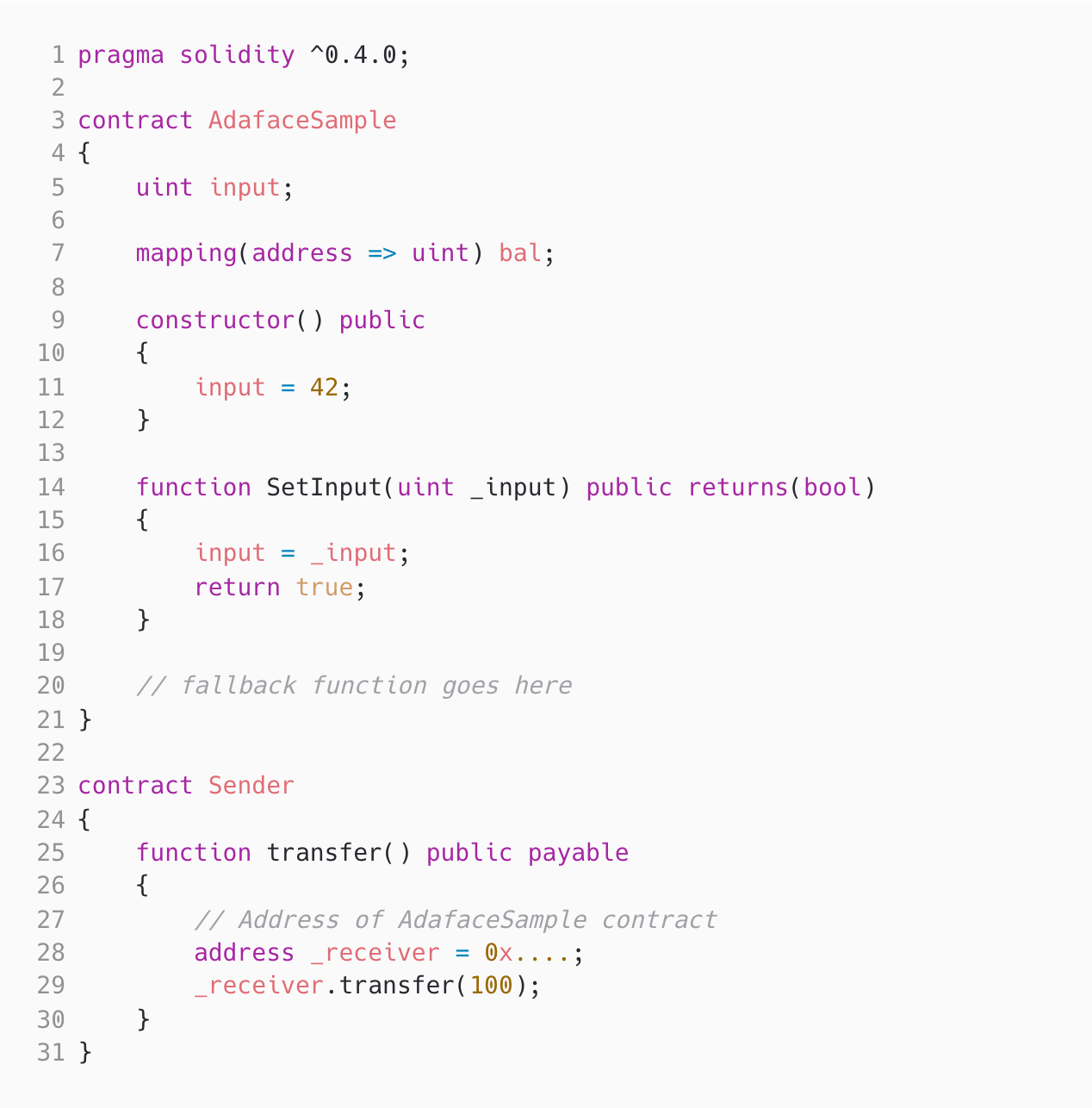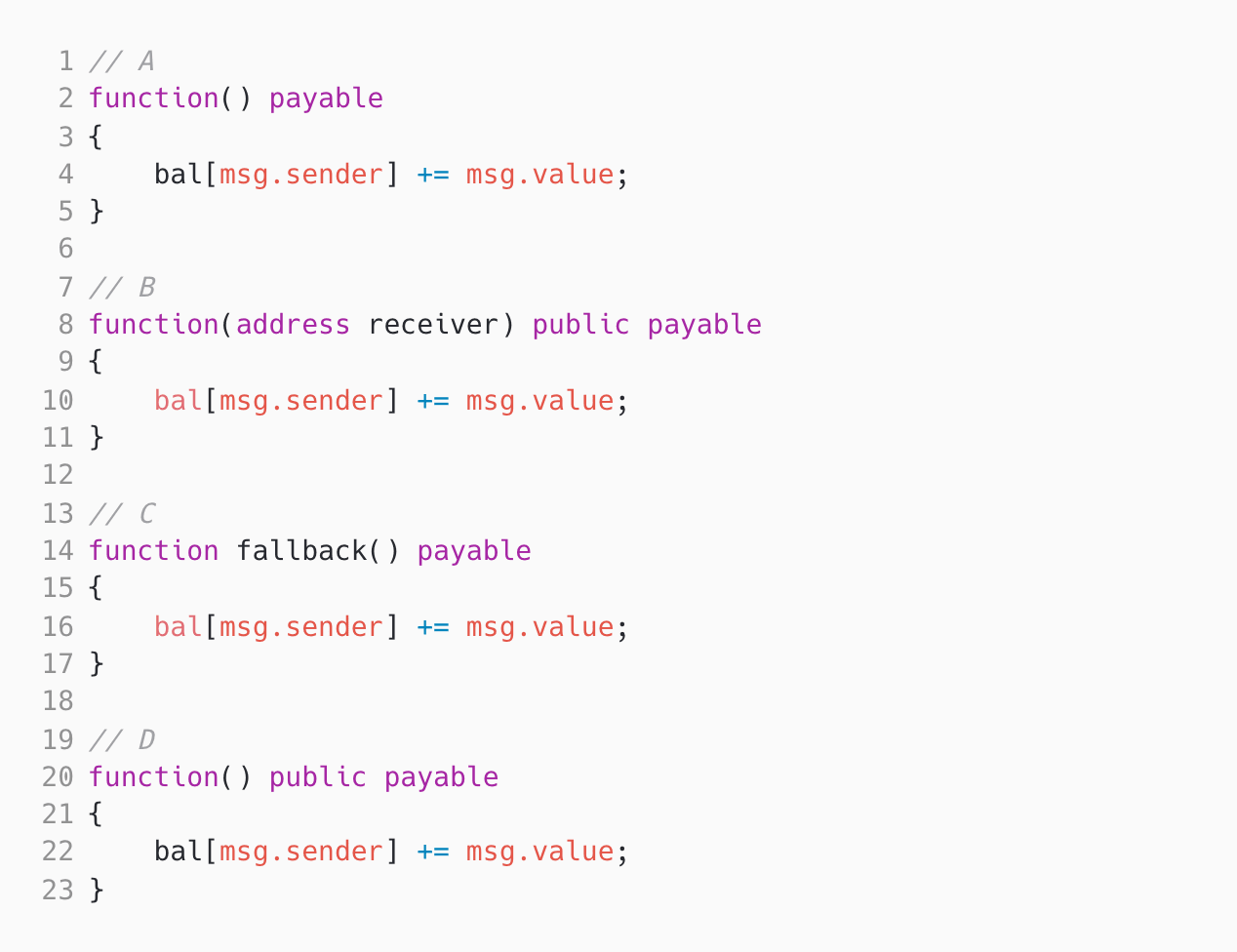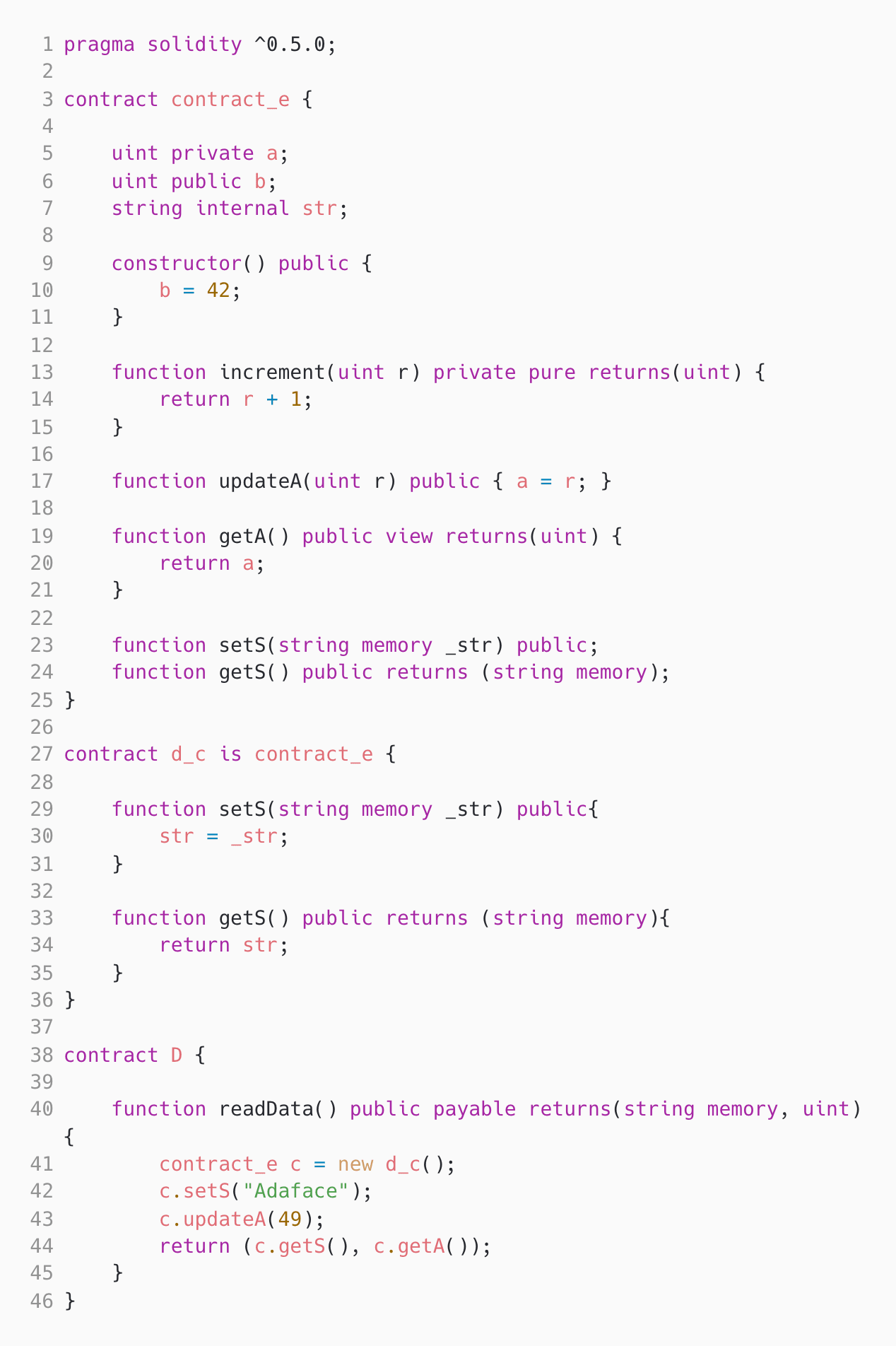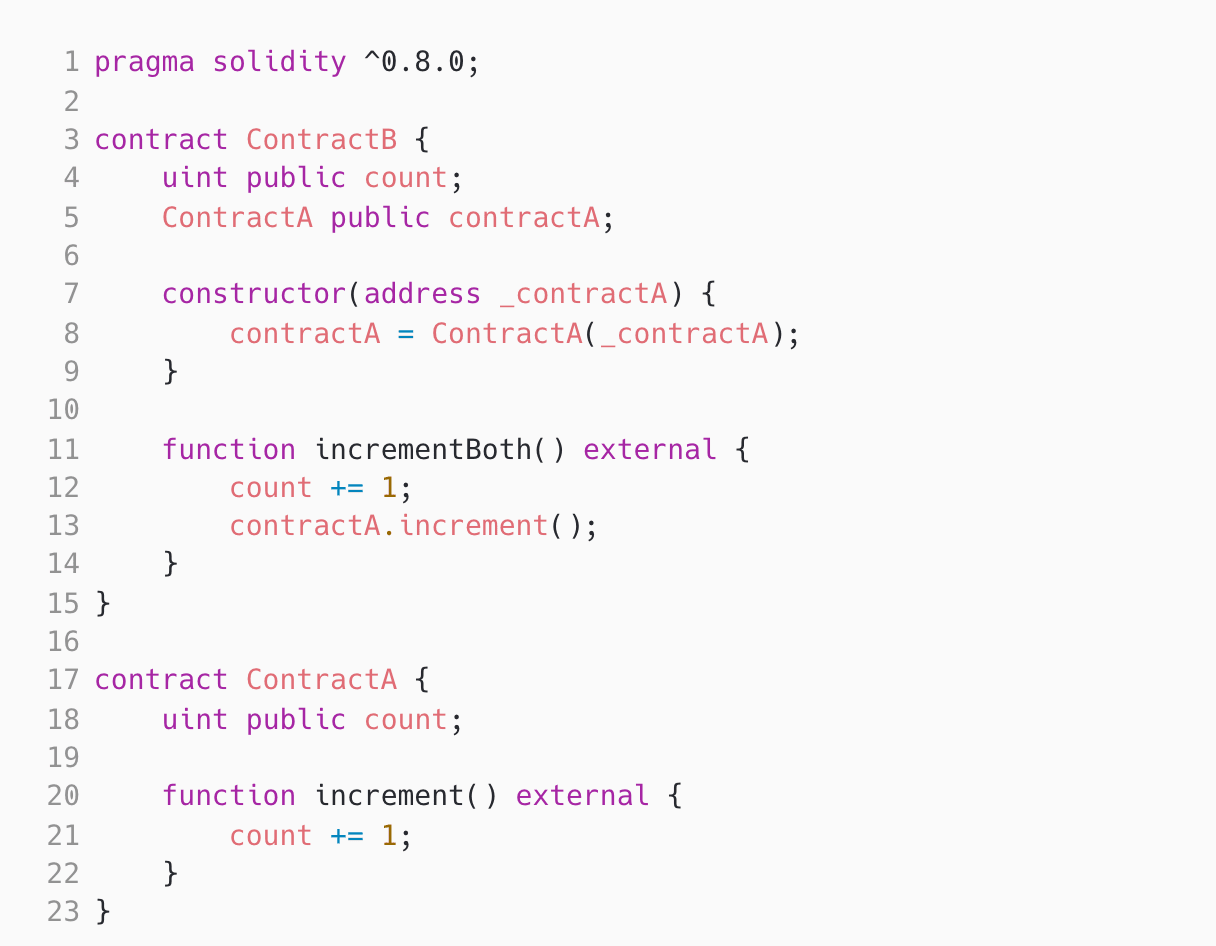Solidity programming language: Solidity is a programming language specifically designed for writing smart contracts on the Ethereum blockchain. It enables developers to create complex decentralized applications by defining the rules and behaviors of their contracts.
Blockchain: Blockchain is a decentralized and distributed digital ledger that records all transactions across multiple computers or nodes, making it transparent and tamper-proof. It provides the underlying technology for cryptocurrencies, smart contracts, and other decentralized applications.
Smart contracts: Smart contracts are self-executing contracts with the terms of the agreement written directly into code. They automatically enforce the rules and conditions defined within them, enabling trustless and decentralized transactions without the need for intermediaries.
Ethereum: Ethereum is a decentralized blockchain platform that allows developers to build and deploy smart contracts. It provides a secure and reliable infrastructure for creating decentralized applications and executing complex computations on the blockchain.
Cryptocurrency: Cryptocurrency refers to digital or virtual currencies that use cryptography for security. They are decentralized and operate independently of any central authority, enabling secure and anonymous transactions.
Decentralized applications: Decentralized applications, or dApps, are applications that run on a decentralized network, such as a blockchain. They are designed to be transparent, secure, and censorship-resistant, without relying on a central authority or intermediary for control.
Tokenomics: Tokenomics refers to the economic models and principles behind the design and use of tokens in a blockchain ecosystem. It involves factors such as token distribution, utility, scarcity, and incentive structures that influence the value and behavior of tokens.
Blockchain security: Blockchain security refers to the measures and techniques implemented to protect the integrity, confidentiality, and availability of data and transactions on a blockchain. It involves cryptography, consensus mechanisms, access controls, and auditing to ensure the secure operation of the blockchain network.
Solidity data types: Solidity data types define the kind of values that can be stored and manipulated in Solidity smart contracts. They include basic data types such as integers, booleans, strings, and more complex types such as arrays and structs.
Error handling in Solidity: Error handling in Solidity involves managing and responding to exceptions, errors, and unexpected conditions that may occur during the execution of a smart contract. Solidity provides mechanisms such as revert, require, and assert statements to handle errors and ensure the robustness of the contract.
Contract deployment: Contract deployment refers to the process of deploying a smart contract onto the blockchain network, making it available for execution. It involves interactions with the Ethereum Virtual Machine (EVM) and requires the deployment of the contract's bytecode and initialization data.
Solidity testing: Solidity testing involves writing and executing tests to ensure the correctness and functionality of smart contracts written in Solidity. It helps identify and prevent bugs, vulnerabilities, and errors in the contract code, ensuring the reliability and security of the deployed contracts.



















